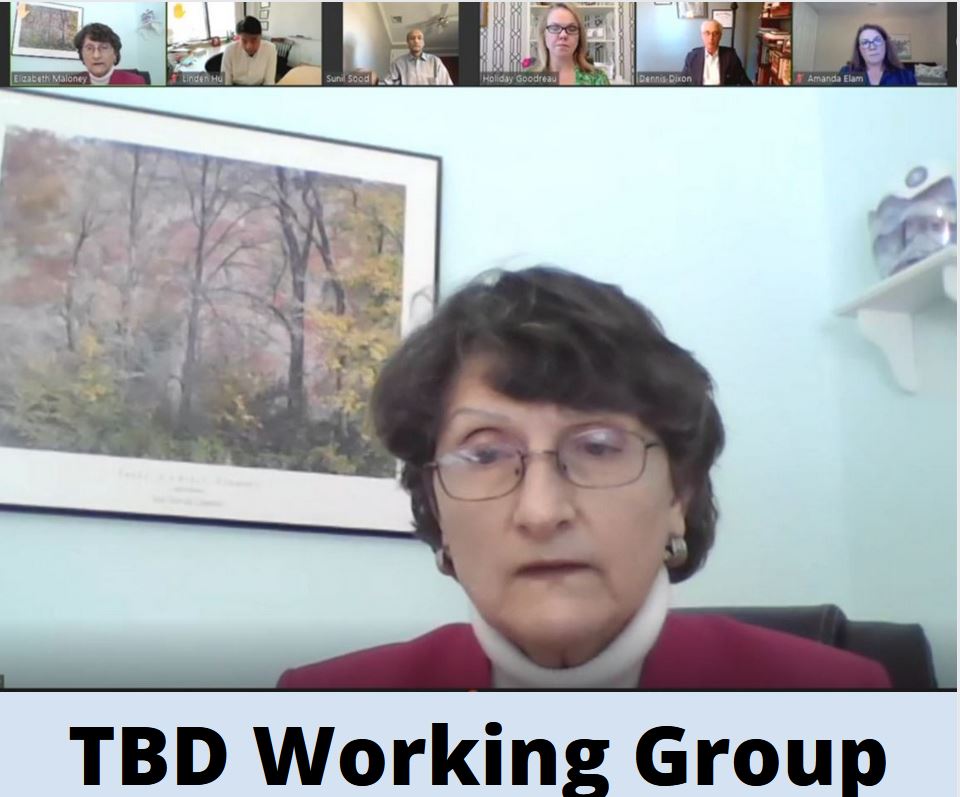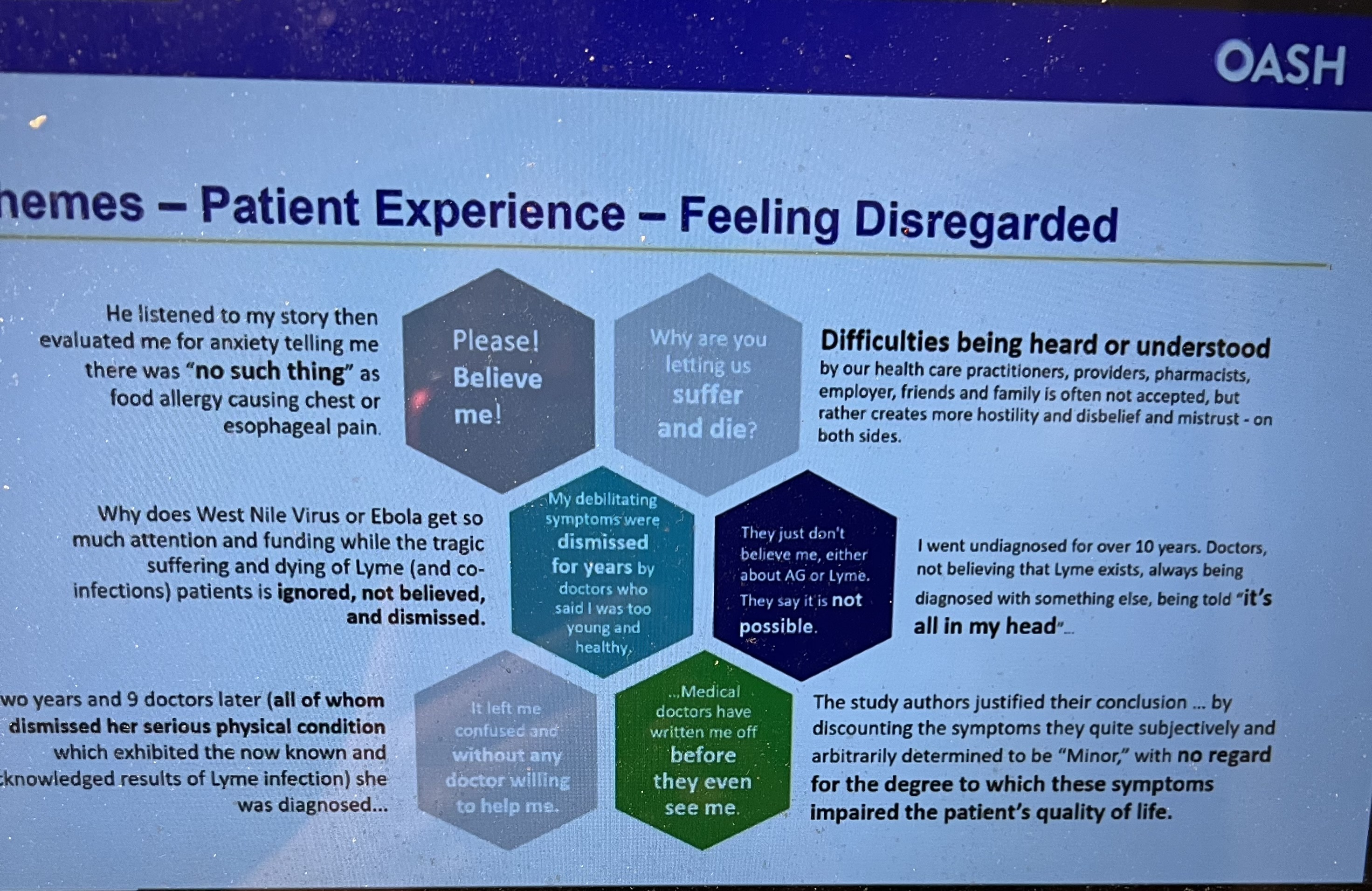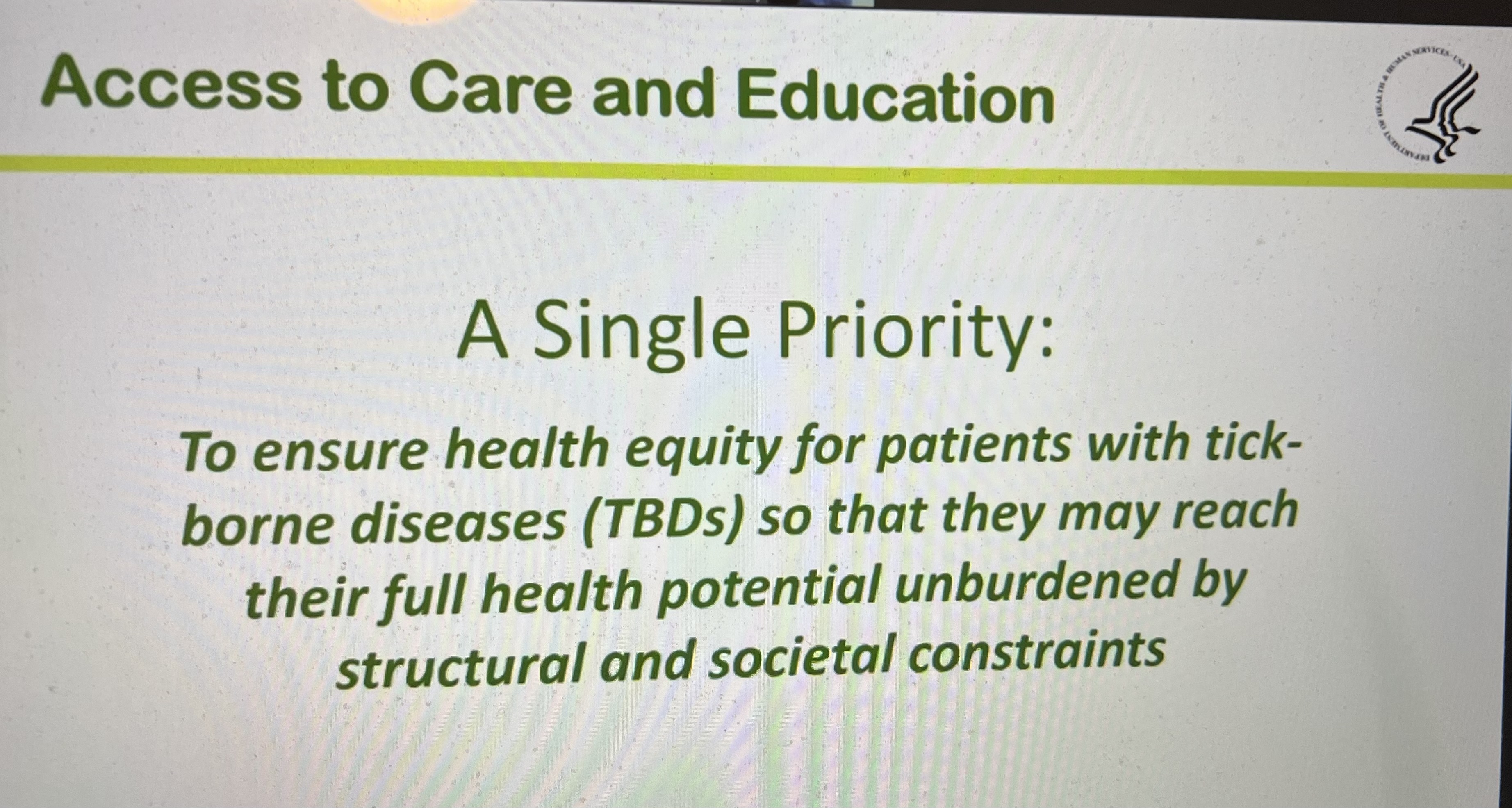TOUCHED BY LYME: Highs and lows at TBD Working Group meetings

The federal Tick-Borne Disease Working Group’s recent online meetings gave reasons for Lyme advocates to be both optimistic and pessimistic about the panel’s activities in the year ahead.
First, some optimism
(1.) The nine advocates who gave public comment did an excellent job. Particularly forceful was former fighter pilot Nicole Malachowski. She had to retire from the Air Force due to long unrecognized and ineffectively treated tick-borne disease. Click here to read her moving comments.
(2.) Almost all the subcommittee reports provided thoughtful, cogent insight into their subject areas. And in most instances, panelists responded by respectfully asking intelligent questions.
(3.) One intriguing presentation summarized more than 1300 written comments delivered to the panel since it started in 2017. Messages were analyzed for content, put into categories (such as patient experience, ethics, resources), and further classified by theme (such patient feeling disregarded, diagnostic criteria, misdiagnosis by geography, mental health). It was an effective way to showcase the opinions and concerns of varied members of the Lyme community. Bravo to HHS staffer Lauren Overman and the subcommittee for a job well done.
Now, some pessimism
The subcommittee charged with exploring the hot-button question of how best to treat Lyme disease is definitely wedded to the IDSA Lyme guidelines’ view of the question (ie, no long-term antibiotics for Lyme disease.)
The stance isn’t surprising, given the two panelists who co-chair the subcommittee and chose its members: The IDSA’s Dr. Sunil Sood, a co-author of those problematic guidelines, and Dennis Dixon, of the National Institutes of Health. The NIH has long endorsed the IDSA’s view of chronic Lyme.
(If you need reminding, the IDSA guidelines make it almost impossible for many people with Lyme to get properly diagnosed or effectively treated. Especially if you’ve been sick for a long time. And even more so if you live outside of the handful of states recognized as Lyme-endemic by the CDC.)
Sood and Dixon’s presentation to the Working Group appeared to start from the premise that long-term antibiotics will never help Lyme patients get well—period. As Sood put it: “It’s been proven in multiple trials that prolonged antimicrobials do not provide the benefit we need in these patients.”
At the first opportunity, panelist Dr. Elizabeth Maloney politely but firmly took issue with that statement. She knew precisely which studies they were talking about and disputed how they characterized the findings.
In fact, she pointed out, a significant number of participants showed sustained improvement in terms of fatigue—no small matter for Lyme patients. She also noted that these studies had small sample sizes, making it hard to generalize their findings to the wider population of Lyme patients.
Sood’s remarks also deftly ignored the experience of many Lyme patients and their treating doctors, where long-term antibiotics have indeed been helpful. (See: Are antibiotics useful for treating chronic Lyme disease patients? MyLymeData study provides some answers.)
Back to optimism
On the second day of meetings, Dr. Maloney and Captain Rebecca Bunnell presented their report for the Access to Care and Education subcommittee.
They focused their discussion on a single priority: “To ensure health equity for patients with tick-borne diseases so that they may reach their full health potential unburdened by structural and societal constraints.”
Dr. Maloney then walked us through what “health equity” would mean for Lyme patients and how that might be accomplished. In summary, she stated:
Health disparities fall on the marginalized and powerless. Although health inequities are typically associated with race, ethnicity, and sexual orientation, they also rise in the context of marginalized or stigmatized healthcare conditions—such as mental illness, HIV/AIDS, substance abuse, and Lyme disease. For that reason, achieving health equity is a matter of fairness and justice.
The date of the Working Group’s next meeting has not yet been scheduled, but will likely be in April. At that time, panelists will consider the information from each subcommittee and decide what to include in its final Report to Congress, due in December 2022. Stay tuned.
Related coverage of this event:
Tweet summary of Working Group’s Feb. 28 meeting
Tweet summary of Working Group’s March 1 meeting
Being shot at in combat not as bad as mistreatment for Lyme disease
Center for Lyme Action offers recommendations to TBD Working Group
Have we heard from a doctor yet? Will somebody be able to help me?
No Lyme in Mississippi? Wrong! Plus co-infections and alpha-gal, too.
TOUCHED BY LYME is written by Dorothy Kupcha Leland, LymeDisease.org’s Vice-president and Director of Communications. She is co-author of When Your Child Has Lyme Disease: A Parent’s Survival Guide. Contact her at dleland@lymedisease.org.






















We invite you to comment on our Facebook page.
Visit LymeDisease.org Facebook Page